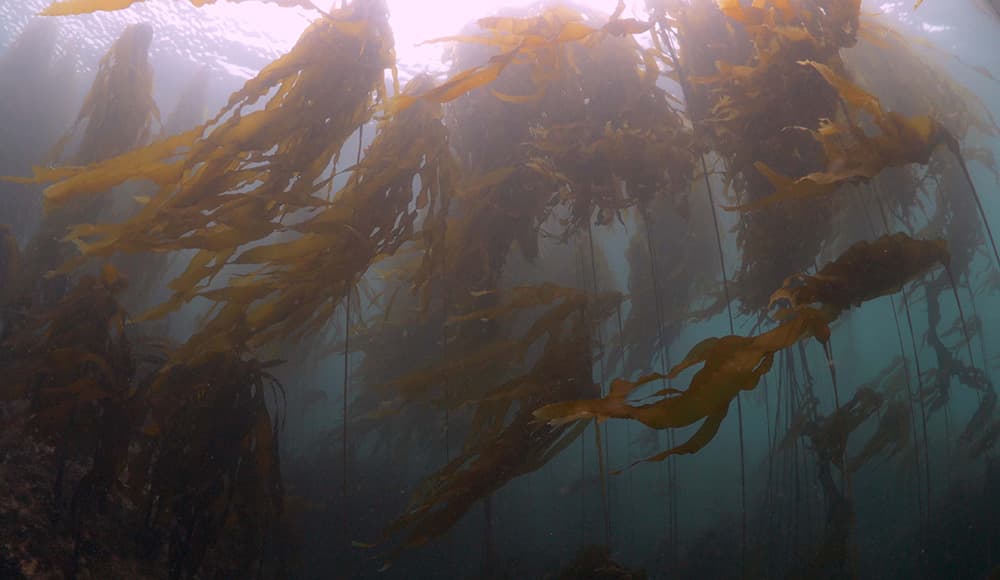Kelp Restoration

Greater Farallones National Marine Sanctuary is leading efforts with our partners to restore kelp forests in the sanctuary.
The goal of kelp restoration in Greater Farallones National Marine Sanctuary is a healthy, functional kelp forest ecosystem that is resilient to increased sea surface temperatures from marine heatwaves and intense weather and climate patterns such as El Niño events.
Through our Sanctuary Advisory Council process we provide a unique opportunity for communities to provide input into sanctuary management. The Greater Farallones Sanctuary Advisory Council convened academic, government, and non-profit scientists with recreational divers and tribal community members who produced community-based, expert-driven recommendations to restore bull kelp in the sanctuary.
The Sanctuary Advisory Council's recommendations that guide Greater Farallones National Marine Sanctuary's kelp restoration efforts, have been adopted by the Greater Farallones Association and incorporated into the Sonoma-Mendocino Bull Kelp Restoration Plan, the first of its kind bull kelp restoration plan published in California that has guided kelp restoration and monitoring efforts in Northern California.
National marine sanctuaries provide a unique opportunity to engage academic scientists with the federal government to work together to understand and restore nationally significant marine habitats.

